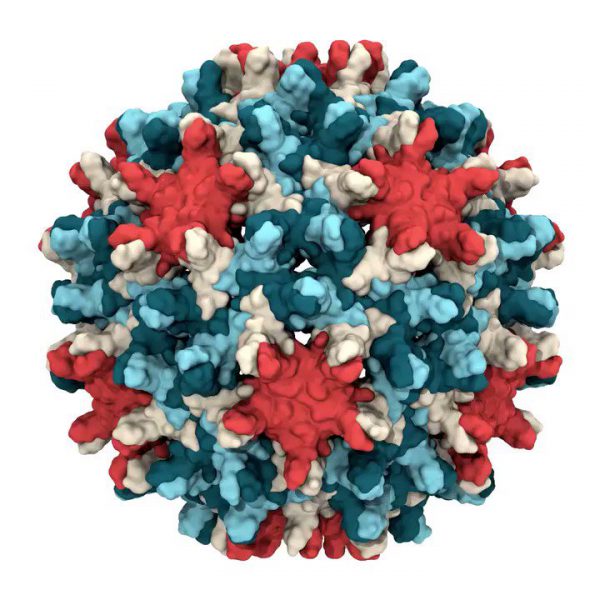In an article published on “eLife”, researchers at the University of Delaware and Indiana University found that the details of the unknown hepatitis B virus capsid, illuminating potentially new therapies for more than 250 million hepatitis B patients worldwide. The capsids play the role of hepatitis B virus in injecting genetic material into host cells. They are a key target for the development of therapeutic drugs for hepatitis B….
New Article
Structure of INO80–nucleosome Complex Found
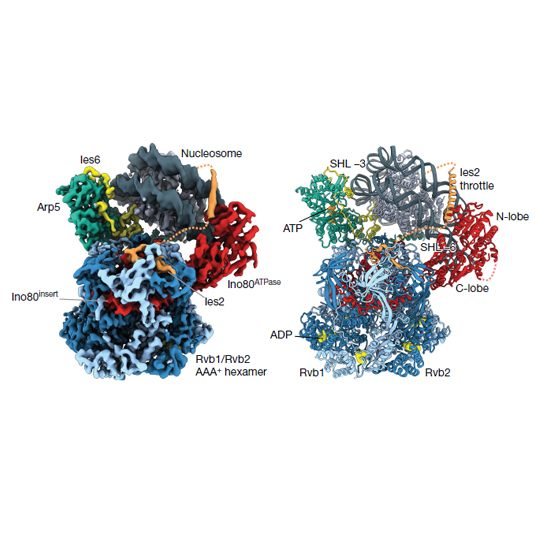
The genomic DNA of higher organisms is compactly wrapped in the cell nucleus. DNA is tightly wound around a large number of histones called nucleosomes. For example, human cells contain about two meters of DNA in this way. However, genes must constantly undergo messenger RNA (mRNA) to guide protein synthesis. In addition, the entire DNA must be replicated before cell division, and DNA damage needs to be repaired. Therefore, cells…
Nature: Molecular Nucleation Mechanisms of Protein Crystals Revealed
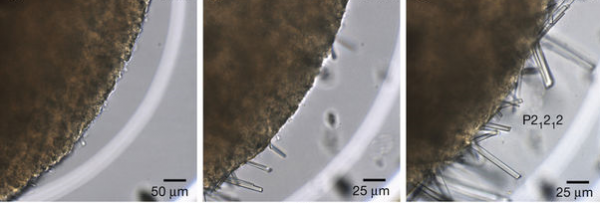
In a new study, researchers from the Flanders Institute for Biotechnology, the Free University of Brussels (VUB), the Eindhoven University of Technology in the Netherlands, the University of Savoy in France and the Biscay Science and Technology Park in Spain, found for the first time the molecular details of nucleation of protein crystals, which is of great medical and scientific significance. Dr. Mike Sleutel (VIB/VUB), co-author of the paper,…
The Latest Research Progress of Ion Channels (II)

(Continued) PNAS: Scientists find another key protein that helps humans feel the taste doi:10.1073/pnas.1718802115 Until now, many scientists believe that a protein called TRPM5 is the key to distinguish these tastes. When TRPM5 is removed from human taste cells, they can no longer taste sweet, bitter or salty foods. The results of a recent study challenged this existing concept. According to an article recently published in PNAS, the…
The Latest Research Progress of Ion Channels (I)

It has been known that most of the substances that are of significance to life are water-soluble, such as various ions and sugars. They need to enter the cells, and the water-soluble wastes produced during the life activities need leave the cells. Ion channels are made up of special proteins. They assemble and embed in the cell membrane. The pores form in the middle occupied by water molecules. These pores…
Three-Dimensional Structures of the Herpesvirus HSV-1/HSV-2 Capsid Revealed
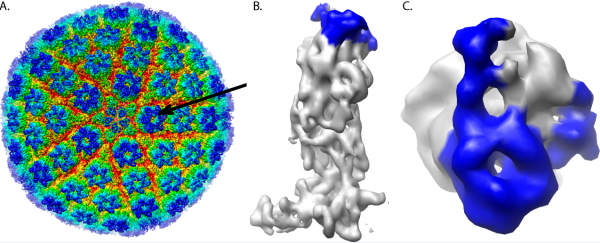
Herpesvirus is one of the most complex viruses both genetically and structurally. It spreads efficiently to host populations and leads to a range of human diseases, including congenital defects and cancers. The herpesvirus assembly pathway produces three different types of capsids: A-, B-, and C-capsids. All three capsid types have a mature, angled shell and a similar assembly mechanism. However, little is known about the structure and assembly mechanism…
Nature: Further Progress in Three-dimensional Structure of Piezo1 Ion Channel and Its gating Mechanism Analysis
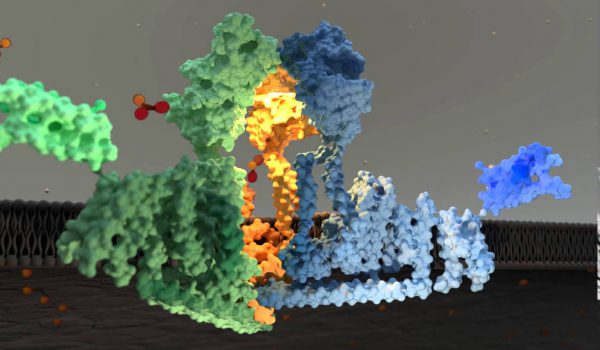
With the funding of the National Natural Science Foundation of China, the Xiao Bailong Task Force of the School of Medicine of Tsinghua University and the Li Xueming Research Group of the Tsinghua University College of Science and Technology undertook a collaborative study. The research results were published in Nature, titled as Structure and Mechanogating Mechanism of the Piezo1 Channel. This study reveals the high-resolution, three-dimensional structure of…
Scientists Find the Key DNA Structures Promoting Tumor Growth
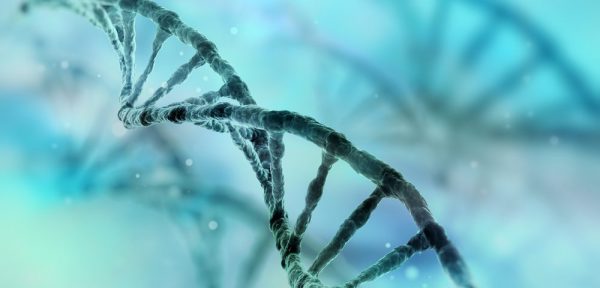
Genetic mutations increase the risk of cancer, but other “enhancer” elements of genes also have an impact on the worsening of the disease. According to a recent article from Case Western Reserve University researchers published on Nature Communications, scientists found that changes in the DNA enhancer region of the oncogene affect the growth of colorectal cancer. Therefore, this finding can be used as a target for future drug research. …
Researchers Decrypted the Black Box of Neuronal Synapses
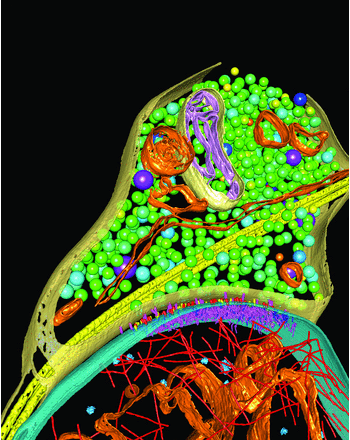
On the Feb. 10th, 2018, it was learned from the University of Science and Technology of China that researchers at the university made breakthroughs in resolving the ultrastructure of synapses using cryo-electron microscopy and decrypting the black box[1] of synapses. Recently, The Journal of Neuroscience, an international journal of the American Academy of Neuroscience reported this discovery in the form of a journal cover. Synapse is the most…
